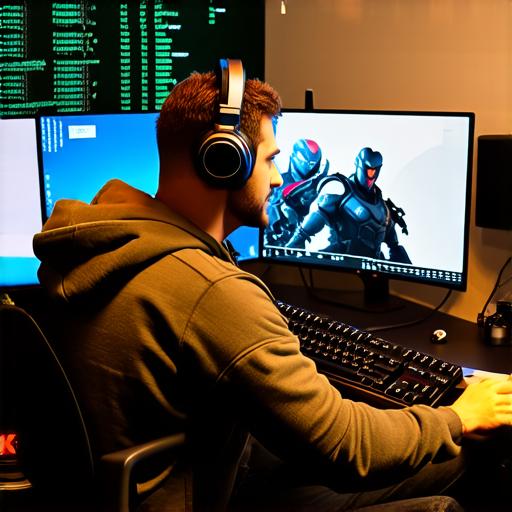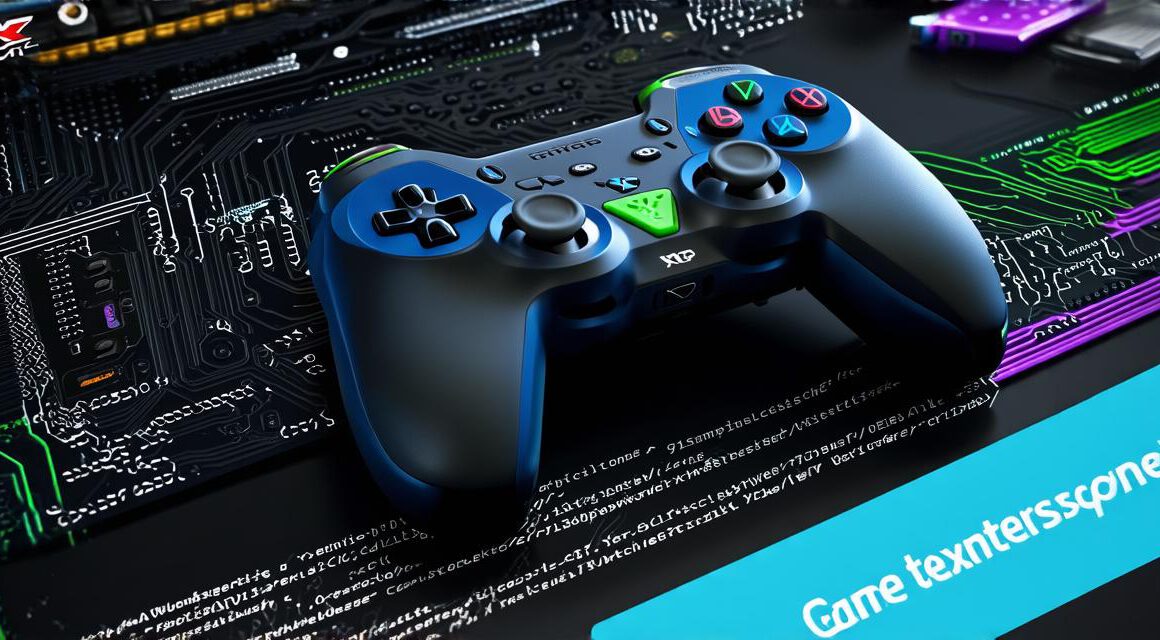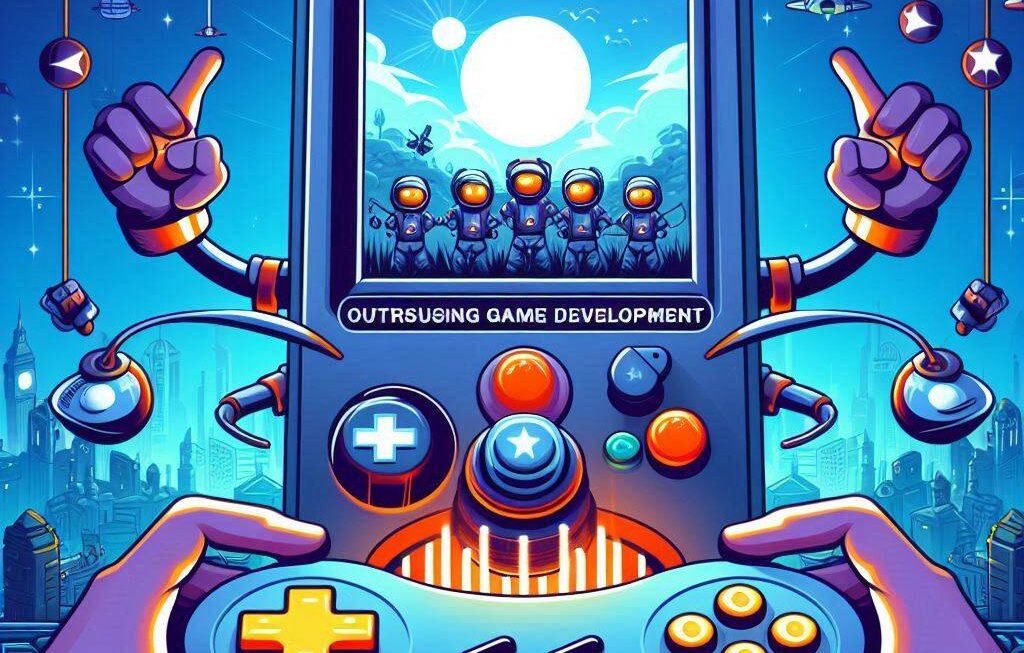In the captivating world of game development, a myriad of terms swirls like pixels in a digital storm. To navigate this realm with ease, let’s delve into some key concepts that will empower your gaming journey.
1. Prototyping: The Blueprint of Games

“Prototyping is the process of creating a simplified version of a game to test its mechanics and design,” says game developer John Carmack. This stage allows developers to identify potential issues early, saving time and resources in the long run.
2. Agile Development: The Flexible Approach
Agile development is a methodology that emphasizes flexibility, collaboration, and customer satisfaction. Unlike traditional waterfall models, agile development encourages continuous iteration, making it ideal for game development where changes are inevitable.
3. Unity vs Unreal Engine: The Great Debate
These two powerhouses dominate the game development landscape. Unity, known for its user-friendly interface and versatility, is preferred by indie developers. On the other hand, Unreal Engine, with its high-quality graphics and cinematic capabilities, is favored by AAA studios.
4. Shader: The Digital Paintbrush
“Shaders are the programs that control how pixels are rendered,” explains graphics programmer Tim Sweeney. They can create stunning visual effects, from realistic skin textures to dynamic lighting.
5. Physics Engine: The Invisible Hand
A physics engine simulates the physical properties of objects in a game world. This allows for realistic interactions, such as gravity, collisions, and rigid body dynamics.
6. Playtesting: The Game Tester’s Role
Playtesting is crucial in game development. It involves testing the game to identify bugs, balance issues, and areas that need improvement. Playtesters are the unsung heroes who ensure your gaming experience is smooth and enjoyable.
As you embark on your game development journey, remember these terms will be your compass. They’ll guide you through the labyrinth of code, art, and design, helping you create games that captivate millions. So, let your creativity flow, and happy coding!
FAQs
Q: What is prototyping in game development?
A: Prototyping is the process of creating a simplified version of a game to test its mechanics and design.
Q: What is agile development in game development?
A: Agile development is a methodology that emphasizes flexibility, collaboration, and customer satisfaction, making it ideal for game development where changes are inevitable.
Q: What is the difference between Unity and Unreal Engine?
A: Unity is known for its user-friendly interface and versatility, while Unreal Engine is favored for its high-quality graphics and cinematic capabilities.
Q: What do shaders do in game development?
A: Shaders are programs that control how pixels are rendered, creating visual effects such as realistic skin textures and dynamic lighting.
Q: What is a physics engine in game development?
A: A physics engine simulates the physical properties of objects in a game world, allowing for realistic interactions like gravity, collisions, and rigid body dynamics.
Q: What is playtesting in game development?
A: Playtesting is the process of testing a game to identify bugs, balance issues, and areas that need improvement.



